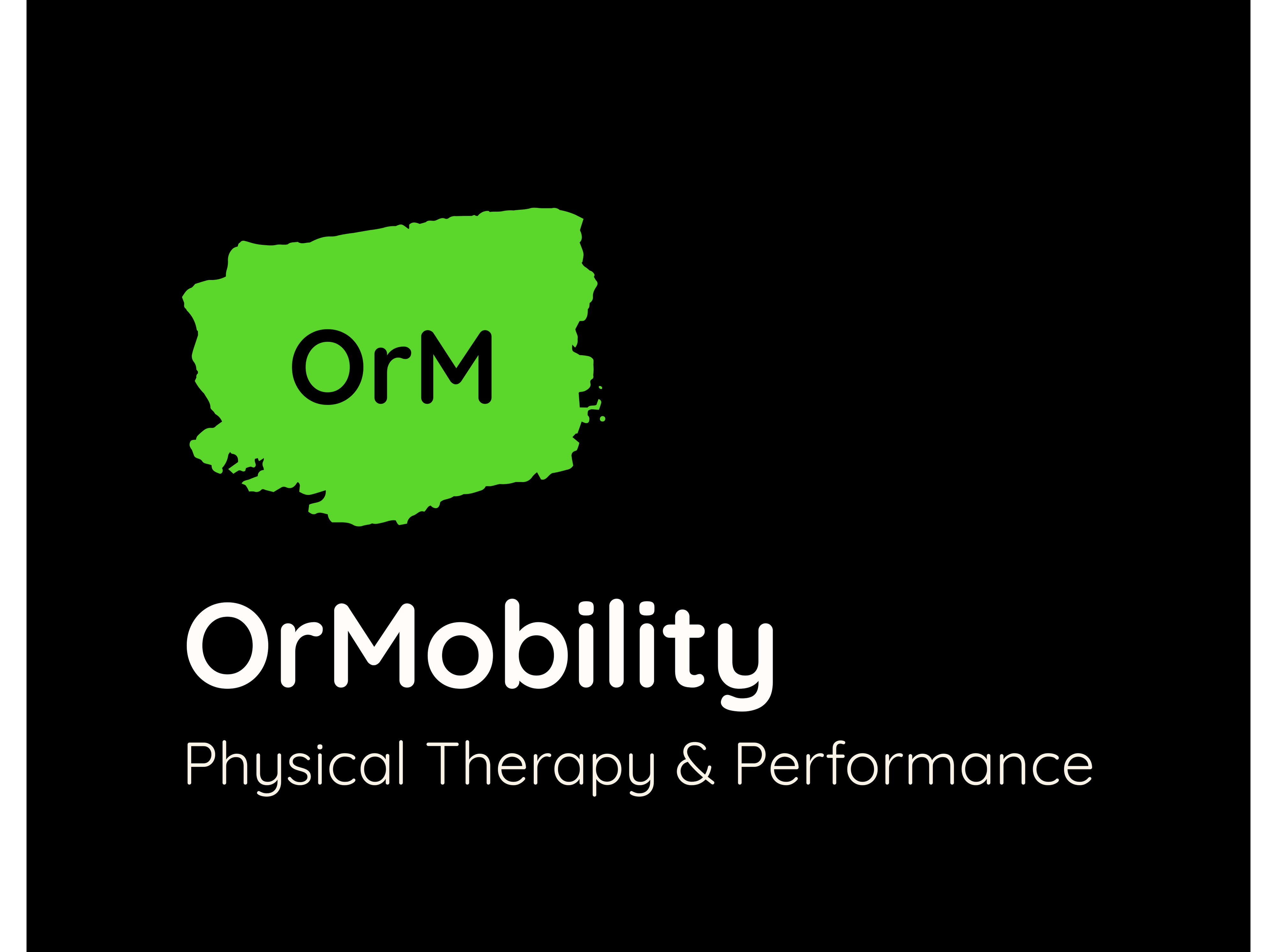Introduction
Creating and implementing a wellness plan is essential for achieving and maintaining optimal health. A structured approach helps you focus on specific areas of improvement and provides a clear path to reaching your health goals. Research shows that individuals with a well-defined wellness plan experience better health outcomes and higher satisfaction with their lifestyle choices .
Assess Your Current Health Status
Conduct a Self-Assessment
Start by evaluating your current health status. Reflect on your daily habits, such as your diet, physical activity, sleep patterns, and stress levels. Identify any areas where you feel there is room for improvement.
Identify Key Areas for Improvement
Common areas to focus on include nutrition, physical activity, sleep quality, and stress management. For instance, if you notice that you often feel fatigued, it may indicate a need to improve your sleep habits or nutritional intake.
Utilize Health Screenings and Professional Consultations
Health screenings and consultations with healthcare professionals can provide valuable insights into your current health status. Regular check-ups, blood tests, and discussions with a registered nurse or nutritionist can help you identify specific health concerns that need to be addressed .
Set Realistic Goals
Importance of SMART Goals
Setting goals is a critical step in your wellness journey. Ensure your goals are SMART: Specific, Measurable, Achievable, Relevant, and Time-bound. This approach increases the likelihood of success and helps you stay focused.
Examples of Health and Wellness Goals
- Nutrition: Increase daily vegetable intake to five servings.
- Exercise: Engage in 30 minutes of moderate exercise five times a week.
- Sleep: Aim for seven to eight hours of quality sleep each night.
- Stress Management: Practice mindfulness meditation for 10 minutes daily.
Aligning Goals with Personal Values and Lifestyle
Your wellness goals should align with your personal values and lifestyle. Choose goals that are meaningful to you and fit within your daily routine. This alignment enhances motivation and commitment .
Develop a Personalized Action Plan
Creating a Balanced Approach
A comprehensive wellness plan should address various aspects of health, including nutrition, exercise, sleep, and stress management. Balance is key to ensuring that no single area is neglected.
Incorporating Nutrition, Exercise, Sleep, and Stress Management
- Nutrition: Follow a balanced diet rich in whole foods, lean proteins, healthy fats, and complex carbohydrates. Avoid processed foods and excessive sugar intake .
- Exercise: Include a mix of cardiovascular, strength training, and flexibility exercises in your routine. Aim for at least 150 minutes of moderate-intensity exercise per week .
- Sleep: Establish a consistent sleep schedule, create a restful environment, and practice good sleep hygiene habits .
- Stress Management: Incorporate relaxation techniques such as deep breathing, yoga, and mindfulness meditation into your daily routine .
Using Evidence-Based Strategies
Research supports various strategies for improving health and wellness. For example, studies have shown that a Mediterranean diet can reduce the risk of chronic diseases, and regular physical activity can improve mental health and cognitive function .
Implement Your Wellness Plan

Building Daily Routines
Incorporate your action plan into your daily routine. Consistency is crucial for achieving lasting results. Create a schedule that includes time for meal preparation, exercise, and relaxation activities.
Tracking Progress and Staying Motivated
Use tools such as journals, apps, or wearable devices to track your progress. Regularly reviewing your achievements can help you stay motivated and on track. Celebrate small victories to maintain enthusiasm.
Adjusting the Plan as Needed
Be flexible and willing to adjust your plan as needed. Life changes and unforeseen challenges may require modifications to your goals and strategies. Regularly reassess your plan to ensure it remains relevant and effective .
Monitor and Evaluate Your Progress
Regular Check-Ins and Assessments
Schedule regular check-ins with yourself or a healthcare professional to evaluate your progress. These assessments can help you identify areas where you are excelling and areas that may need more attention.
Celebrating Successes and Identifying Areas for Improvement
Acknowledge and celebrate your successes, no matter how small. Recognizing your achievements boosts confidence and motivation. Additionally, be honest about areas that need improvement and make necessary adjustments.
Utilizing Feedback and Professional Guidance
Seek feedback from healthcare professionals or a wellness coach. Their expertise can provide valuable insights and help you fine-tune your plan for better results .
Conclusion
Creating and implementing a wellness plan is a powerful step toward achieving optimal health. By assessing your current health status, setting realistic goals, developing a personalized action plan, and monitoring your progress, you can make meaningful changes that enhance your overall well-being. Start your wellness journey today and enjoy the benefits of a healthier, happier life.


